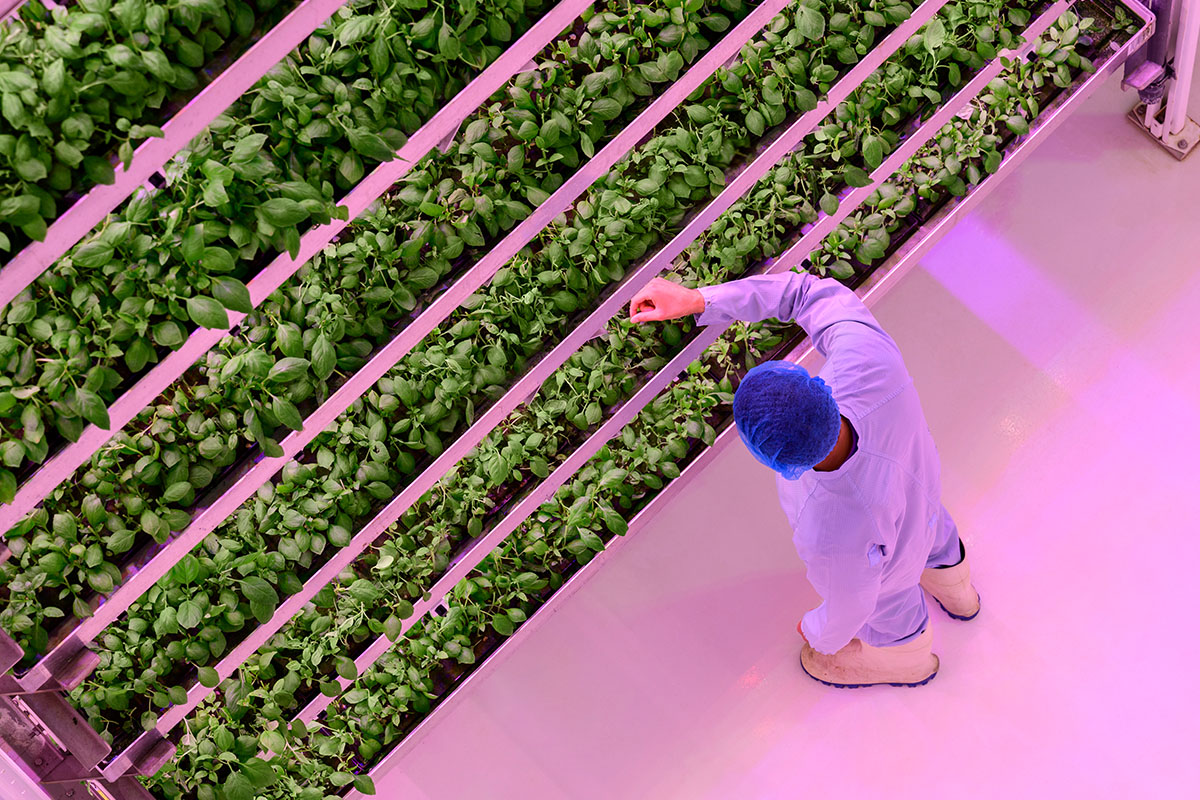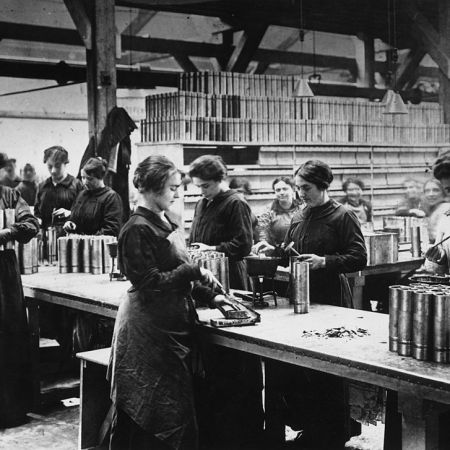Mark Twain once said, “Buy land, they’re not making it anymore.” But the humorist died way back in 1910. He couldn’t have possibly anticipated the rise of indoor, automated “vertical farms,” where crops are grown in perfect conditions under LED light.
There’s a decent chance you’re yet to give indoor farming a second thought, or — if you have — you might imagine it as far-fetched and impractical, the sort of enterprise reserved for Martian colonies hundreds of years in the future. And one half of the latter is actually true — researchers do anticipate installing farms on the Moon and Mars in the coming decades. But right now, there are a range of facilities working miracles down here on Earth.
The global indoor farming industry is expected to quintuple by the year 2030, to a market size of $31 billion. It will forever change the way we grow, consume and think about food. The shake-up couldn’t come at a more pressing time, too; as the planet’s population careens towards the once-unthinkable number of nine billion people (we’re expected to reach it by 2050), we’ll need to increase our food production by 60% in order to keep up.
Indoor farming, a concept that’s been practiced for less than 25 years, and gets a little cheaper/a little more efficient by the year, has captured the imaginations of climate scientists thanks to its shocking efficiency. Consider:
- Harvest is 365 days a year. Indoor farms can grow food anytime, anywhere.
- At one successful indoor farm, the growth cycle for its crops is just 10 days, which represents a 700% increase in yield on traditional farming.
- A typical indoor farm saves a million gallons of water per week, and uses 1% of the land needed relative to a traditional farm.
- The food is immaculately clean — hundreds of times cleaner than the rest of the produce at the grocery store. Most of it is never touched by human hands. It also doesn’t require pesticides (there are no bugs!) or other cleaning agents (no bird droppings either!)
- Indoor farms source LED lights to grow their crops, and depending on the settings used, can coax out more flavor from the foods. (For instance, upping blue light might give more crunch to kale.)
- When the indoor farm is built in or near a city, the plants don’t need to be designed with durability in mind. After all, they don’t have to spend days on a truck or train. This allows farmers to focus on flavor, and drop off foods at their most nutritious. (Ingredients begin losing their nutrients in transit.)
- Indoor farms can prove game-changers for low-income communities, offering fresh food in places classified as “food deserts,” and full-time jobs, as the harvest is year-round.
- Every corner of the world —assuming they’re connected to a reliable power grid — is theoretically able to grow the same crops we’re accustomed to getting from California and the Mediterranean. That’s to say: there’s nothing stopping indoor farmers from growing tropical fruits in Norway.
Farming is about as fundamental as the human experience gets, so it’s understandable that a system that eschews sunlight and rain would be met with skepticism from consumers. But let’s remember: commercial farming destroyed our bucolic, nostalgic agricultural visions long ago. The current system is broken. It’s ruining our ecosystems and suffocating the planet.
To be fair, indoor farming has its concerns — even as the cost of robotics plummets, it still costs hundreds of millions to build a single functioning plant. And once built, the farm relies heavily on power sources to keep the lights on (literally). But ultimately, the world’s biggest problems can only be solved by even bigger ideas. Costco-sized warehouses stuffed with leafy greens is a great place to start.
Thanks for reading InsideHook. Sign up for our daily newsletter and be in the know.

















